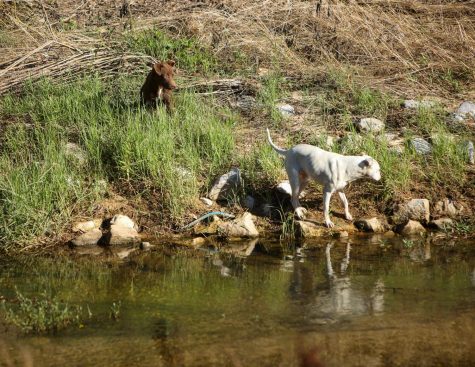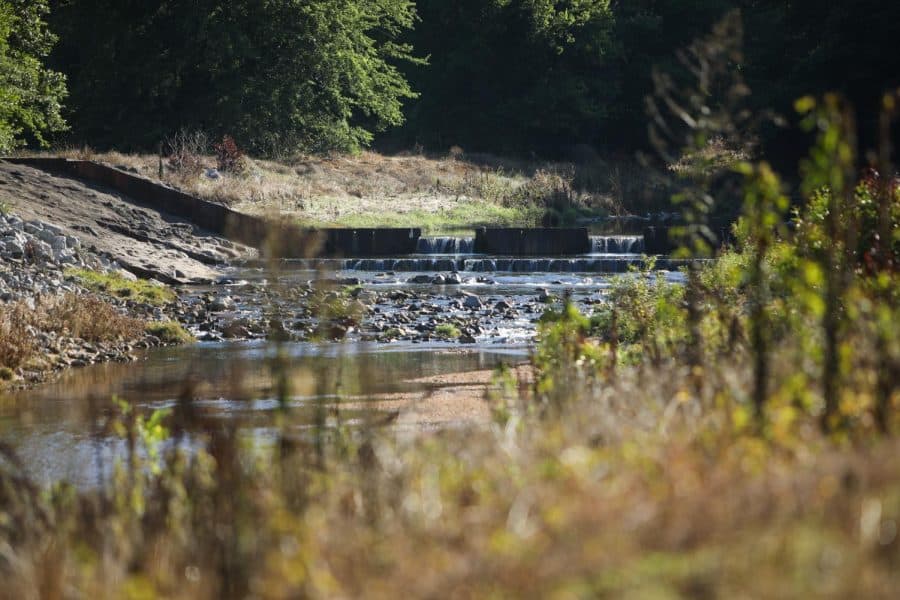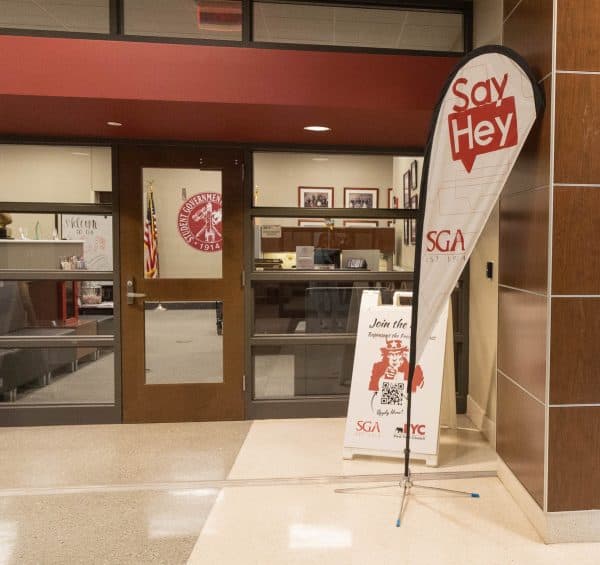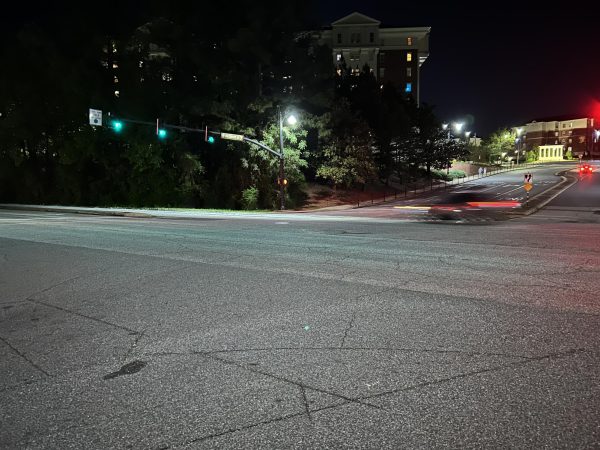City sees recent surge in sanitary sewer overflows
About 6,000 gallons of sewage overflowed from May 5 to June 7 in Tuscaloosa.
June 14, 2019
Multiple sewers have overflowed in Tuscaloosa due to a clog in the sewer lines from debris.
On May 5, 2019, a sewer overflow occurred on the 3700 block of 5th Avenue, where 5,000 gallons of sewage reached a storm drain leading to Cribbs Mill Creek.
There have been four additional spills starting from May 8 to June 7. One overflow reached the water of Cypress Creek and two other spills reached storm drains leading to Cribbs Mill Creek.
These other areas affected include:
- 200 block of Skyland Boulevard leading to Cypress Creek with less than 30 gallons
- 1800 block of 2nd St. Northeast with less than 50 gallons
- 2100 block of Bowers Park Drive with less than 50 gallons
- Intersection of Alberta Parkway and 25th Avenue East leading to Cribbs Mill Creek with 780 gallons
The amount of overflows, however, has generally been on the decline. According to the city of Tuscaloosa’s website, sewage overflows have reduced by 69% since 2008. These areas have been cleaned and disinfected and signage has been placed near the affected areas and brochures have been placed on nearby residential doors.
“There has been a decline of sewage overflows due to the increased efforts of the preventive maintenance program and also the assessment program that finds problems early on so that the sewer lines can be repaired before an overflow happens,” said Jarrod Milligan, deputy executive director of Infrastructure and Public Service for the city of Tuscaloosa.
Milligan said he wouldn’t call the five overflows that have occurred within 32 days of each other a “recent spike,” but rather a consequence of the weather.
“That’s just how we have been trending during the dry weather months and we are working on preventing these overflows,” Milligan said. “As we get through the system more, you will see less of them.”
Although these sewage overflows do not impact tap water, they do have an impact on people who use these rivers daily as well as fish and other organisms living in these rivers and creeks.
“Oftentimes overflows occur when pipes are in a state of disrepair because they have not been adequately maintained,” said Nelson Brooke, otherwise known as the Black Warrior Riverkeeper. “When raw sewage is discharged into surface water it carries bacteria and pathogens that can be a threat to public health for years.”

Dogs drinking from Cribbs Mill Creek
For Rachel Sowell, a recent rowing graduate from the University of Alabama, her team depends on having a clean river to practice in.
“Sewage spills have been a continuous problem in the Black Warrior River, and there were three or more during my four years at school,” Sowell said. “The condition of the water has a major impact on not only recreational activities like fishing, swimming and paddle boarding, but it also has an impact on athletes who deal with the water every day.”
According to a statement on the Riverkeeper’s website, 46.2 million gallons of sewage overflow were reported on the Black Warrior River in 2016. That’s about 70 Olympic-sized swimming pools full of waste.
And, according to the statement, that number is likely higher. While it is required by law that sewage spills be reported within 24 hours, many cities don’t regulate how and when the public is notified of spills.
“When we would have early morning practices, we wouldn’t know there was a sewage spill ‘til our next practice, which was in the afternoon,” Sowell said. “We would be rowing in possibly contaminated water and wouldn’t know ‘til later.”
Milligan said the city of Tuscaloosa is now mandated by permit to report spills in a 24-hour period as well as give a follow-up action report within five days.
“The City of Tuscaloosa chooses to be very transparent and notify all the media when an overflow occurs,” Milligan said. “All overflows are put on the website for the public to see and you can sign up for automatic emails to notify you if an overflow happens to occur. If there is an overflow near a neighborhood we try to knock on their door letting them know about it. If we can’t get them in person, we leave a door hanger to let them know of the affected area.”











